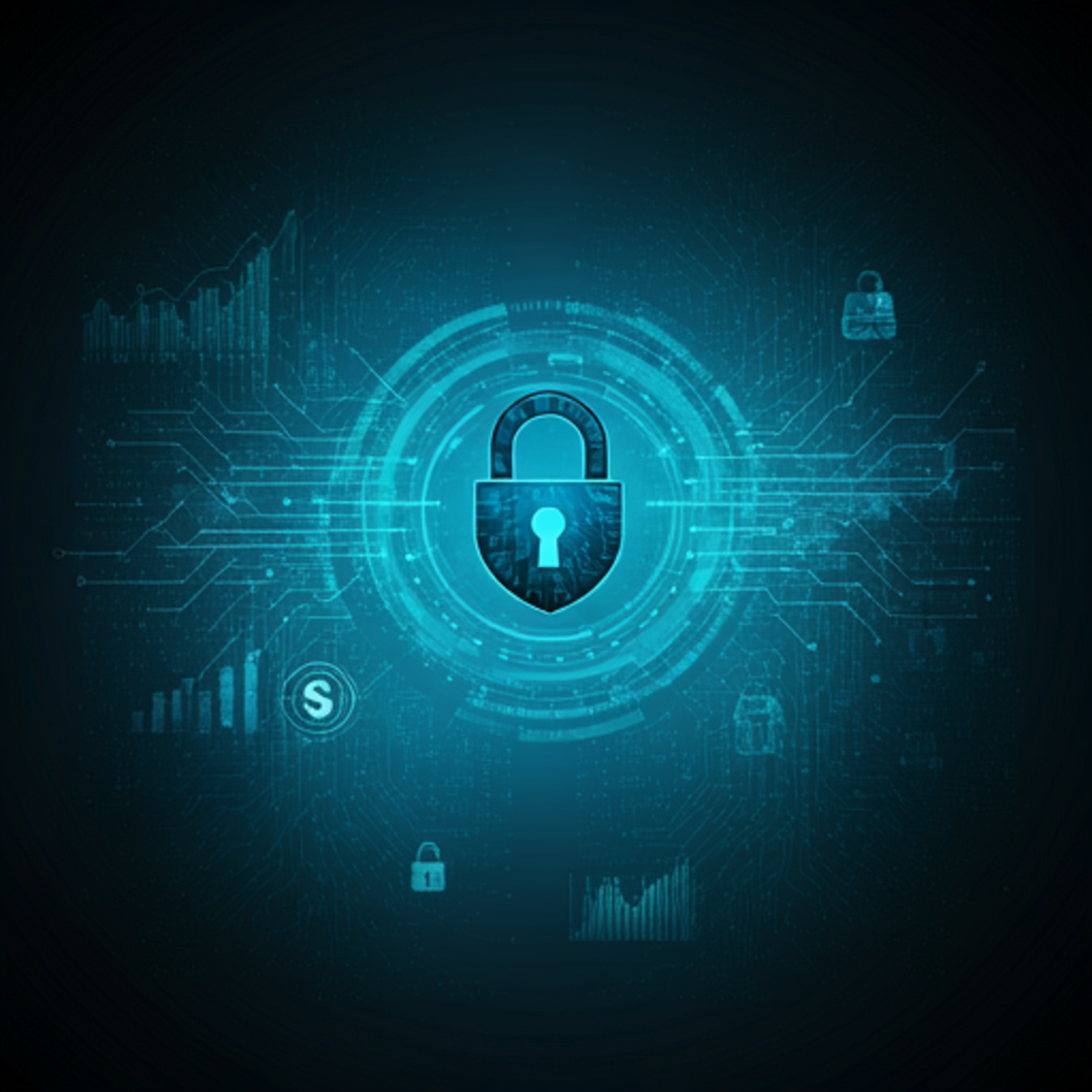Introduction to Cybersecurity in Finance
The Importance of Cybersecurity in the Financial Sector
In today’s financial landscape, cybersecurity has become paramount. Financial institutions face increasing threats from cybercriminals seeking to exploit vulnerabilities. These attacks can lead to significant financial losses and damage to reputation. Protecting sensitive data is crucial for maintaining client trust. Trust is everything in finance. Moreover, regulatory compliance mandates robust cybersecurity measures. Institutions must adhere to standards to avoid penalties. This creates a complex environment for financial professionals. They must stay informed about evolving threats. Knowledge is power in this field. Ultimately, a proactive approach to cybersecurity is essential for safeguarding assets. Every organization should prioritize this aspect.
Overview of Common Cyber Threats
Cyber threats in finance are diverse and evolving. Common threats include:
Understanding these threats is crucial. Awareness is the first step. Financial institutions must implement comprehensive security measures. Proactive strategies are essential for protection. Every detail matters in cybersecurity.
Types of Cyber Threats in Cryptocurrency
Phishing Attacks and Social Engineering
Phishing attacks and social engineering are prevalent threats in cryptocurrency. These tactics exploit human psychology to gain sensitive information. Common methods include:
These methods can lead to significant financial losses. Awareness is critical for prevention. He must remain vigilant against suspicious communications. Trust your instincts. Implementing security training can mitigate risks. Knowledge is a powerful defense.
Malware and Ransomware Risks
Malware and ransomware pose significant risks in cryptocurrency. These malicious software types can compromise sensitive data and disrupt operations. Ransomware encrypts files, demanding payment for decryption. This can lead to substantial financial losses. Malware can also steal private keys and credentials. Prevention is essential for safeguarding assets. Regular software updates are crucial. He should always use reputable security solutions. Awareness of these threats is vital. Knowledge empowers better decision-making.
Best Practices for Securing Cryptocurrency Assets
Utilizing Hardware Wallets
Utilizing hardware wallets is a crucial strategy for securing cryptocurrency assets. These devices store private keys offline, significantly reducing exposure to online threats. By keeling keys offline, he minimizes the risk of hacking. This method enhances overall security. Additionally, hardware wallets often include built-in security features, such as PIN protection. He should always choose reputable brands. Regularly updating the wallet’s firmware is essential for maintaining security. Awareness of potential vulnerabilities is vital. Knowledge is the best defense against threats.
Implementing Strong Passwords and Two-Factor Authentication
Implementing strong passwords and two-factor authentication is essential for securing cryptocurrency assets. Strong passwords should be complex, combining letters, numbers, and symbols. This complexity reduces the likelihood of unauthorized access. Two-factor authentication adds an extra layer of security. It requires a second verification method, such as a text message or authentication app. This significantly enhances account protection. He must regularly update passwords. Regular updates are crucial for security. Awareness of these practices is vital. Knowledge is power in cybersecurity.
Regulatory Framework and Compliance
Understanding Global Regulations on Cybersecurity
Understanding global regulations on cybersecurity is crucial for financial institutions. Compliance with these regulations helps mitigate risks associated with cyber threats. Key regulations include the General Data Protection Regulation (GDPR) and the Payment Card Industry Data Security Standard (PCI DSS). These frameworks establish guidelines for data protection and security measures. He must ensure adherence to these standards. Non-compliance can result in significant penalties. Awareness of regulatory changes is essential. Staying informed is a professional responsibility. Knowledge of regulations enhances overall security posture.
Compliance Standards for Cryptocurrency Exchanges
Compliance standards for cryptocurrency exchanges are essential for operational integrity. These standards ensure that exchanges adhere to anti-money laundering (AML) and know your customer (KYC) regulations. By implementing these measures, they can prevent illicit activities. He must verify user identities to comply. This process enhances trust and security. Additionally, exchanges should conduct regular audits. Audits help identify vulnerabilities and ensure compliance. Awareness of evolving regulations is crucial. Staying updated is a professional obligation. Knowledge fosters a secure trading environment.
Incident Response and Recovery Strategies
Developing an Incident Response Plan
Developing an incident response plan is critical for managing cybersecurity threats. This plan outlines procedures for identifying, responding to, and recovering from incidents. Key components include:
He must regularly review and update the plan. Regular updates enhance effectiveness. Awareness of potential threats is crucial. Knowledge is the best defense.
Steps for Asset Recovery After a Breach
Steps for asset recovery after a breach are essential for restoring operations. First, he must assess the extent of the damage. This evaluation helps determine the necessary actions. Next, he should secure all affected systems. This prevents further unauthorized access. Following this, data restoration from backups is crucial. Reliable backups are vital for recovery. Additionally, he must communicate with stakeholders about the breach. Transparency builds trust and confidence. Finally, he should analyze the incident to improve futurity defenses. Learning from mistakes is important.
The Future of Cybersecurity in Finance
Emerging Technologies and Their Impact
Emerging technologies significantly impact cybersecurity in finance. Innovations such as artificial intelligence enhance threat detection capabilities . These technologies analyze vast amounts of data quickly. He must adapt to these advancements. Blockchain technology also offers improved security for transactions. It provides transparency and reduces fraud risks. Additionally, quantum computing poses new challenges for encryption methods. Understanding these developments is essential. Knowledge is crucial for staying ahead.
Preparing for Evolving Cyber Threats
Preparing for evolving cyber threats is essential for financial institutions. Continuous risk assessment helps identify potential vulnerabilities. He kust regularly update security protocols. This ensures protection against new attack vectors. Additionally, employee training is crucial for awareness. Knowledgeable staff can recognize suspicious activities. Implementing advanced technologies enhances defense mechanisms. Staying informed about emerging threats is vital. Awareness is the first line of defending team.
